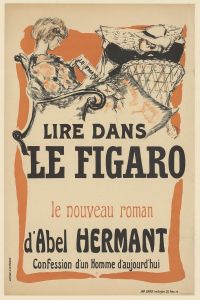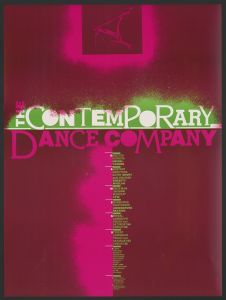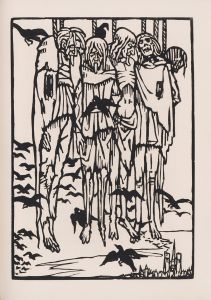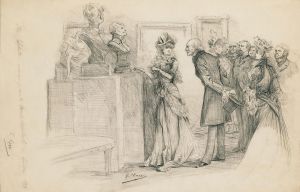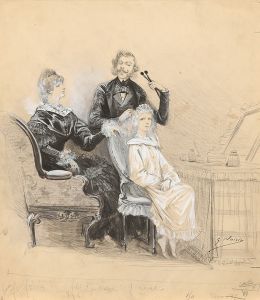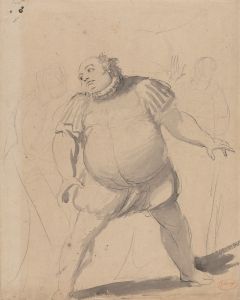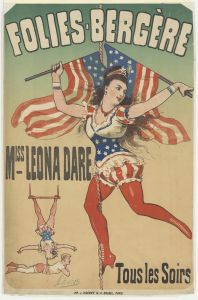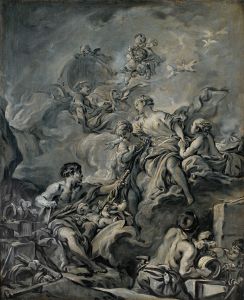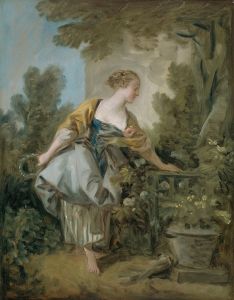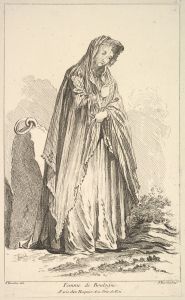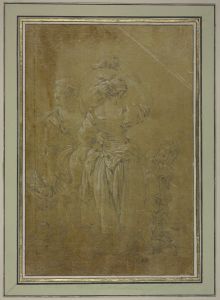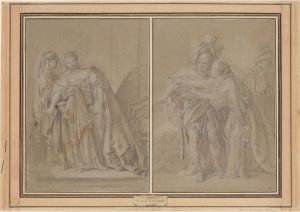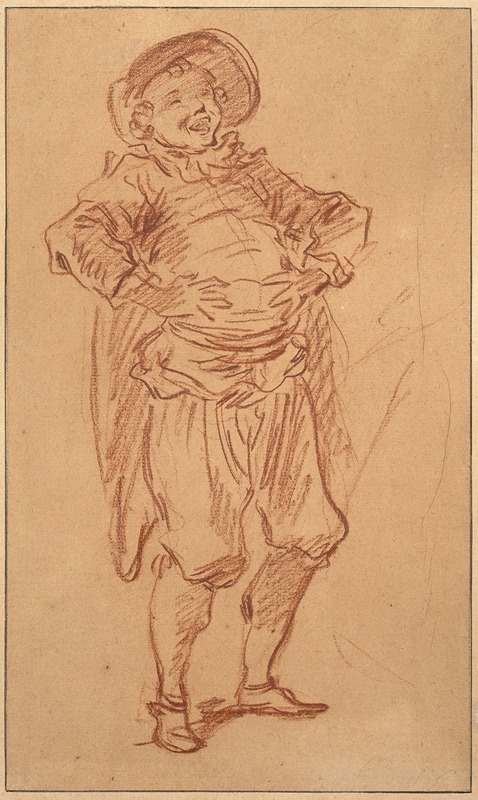
Homme riant, étude pour Sganarelle dans L’Amour médecin de Molière
A hand-painted replica of François Boucher’s masterpiece Homme riant, étude pour Sganarelle dans L’Amour médecin de Molière, meticulously crafted by professional artists to capture the true essence of the original. Each piece is created with museum-quality canvas and rare mineral pigments, carefully painted by experienced artists with delicate brushstrokes and rich, layered colors to perfectly recreate the texture of the original artwork. Unlike machine-printed reproductions, this hand-painted version brings the painting to life, infused with the artist’s emotions and skill in every stroke. Whether for personal collection or home decoration, it instantly elevates the artistic atmosphere of any space.
François Boucher, a prominent French painter of the 18th century, is renowned for his Rococo style, characterized by its playful and light-hearted themes, soft colors, and intricate details. One of his notable works is "Homme riant, étude pour Sganarelle dans L’Amour médecin de Molière," which translates to "Laughing Man, Study for Sganarelle in Molière's The Doctor in Spite of Himself." This piece is a study for a character in the comedic play "L’Amour médecin" by the famous French playwright Molière.
Boucher's work often drew inspiration from theatrical subjects, and this particular study reflects his interest in capturing the essence of theatrical characters. The painting depicts Sganarelle, a character from Molière's play, who is known for his humorous and somewhat foolish demeanor. Boucher's portrayal of Sganarelle is lively and expressive, capturing the character's jovial and mischievous nature. The study likely served as a preparatory work for a larger composition or as an exploration of character expression, which was a common practice among artists of the time.
The painting showcases Boucher's skill in rendering human expressions and his ability to convey the personality of his subjects through subtle details. The use of light and shadow, along with the delicate brushwork, highlights the character's animated expression, bringing Sganarelle to life on the canvas. Boucher's attention to detail and his mastery of color and composition are evident in this study, which exemplifies the Rococo style's emphasis on elegance and charm.
François Boucher was a leading figure in the Rococo movement, and his works were highly sought after by the French aristocracy. His paintings often featured mythological themes, pastoral scenes, and portraits, all executed with a sense of grace and sophistication. Boucher's influence extended beyond painting; he also contributed to the decorative arts, designing tapestries, porcelain, and stage sets.
"L’Amour médecin," the play for which this study was created, is a comedy-ballet by Molière, first performed in 1665. The play satirizes the medical profession and follows the story of a young woman who feigns illness to avoid an unwanted marriage. Sganarelle, the character depicted in Boucher's study, is a central figure in the play, known for his comedic antics and role as a quack doctor.
Boucher's study of Sganarelle not only reflects his artistic prowess but also his deep appreciation for the theatrical arts. His ability to capture the essence of a character through a single study is a testament to his skill as a portraitist and his understanding of the nuances of human expression. This work is a fine example of how Boucher's art was intertwined with the cultural and artistic milieu of 18th-century France, where theater and painting often intersected.
In summary, "Homme riant, étude pour Sganarelle dans L’Amour médecin de Molière" by François Boucher is a testament to the artist's ability to blend theatrical inspiration with the elegance of Rococo art. Through this study, Boucher captures the lively spirit of Molière's character, showcasing his talent for rendering expressive and dynamic figures.





